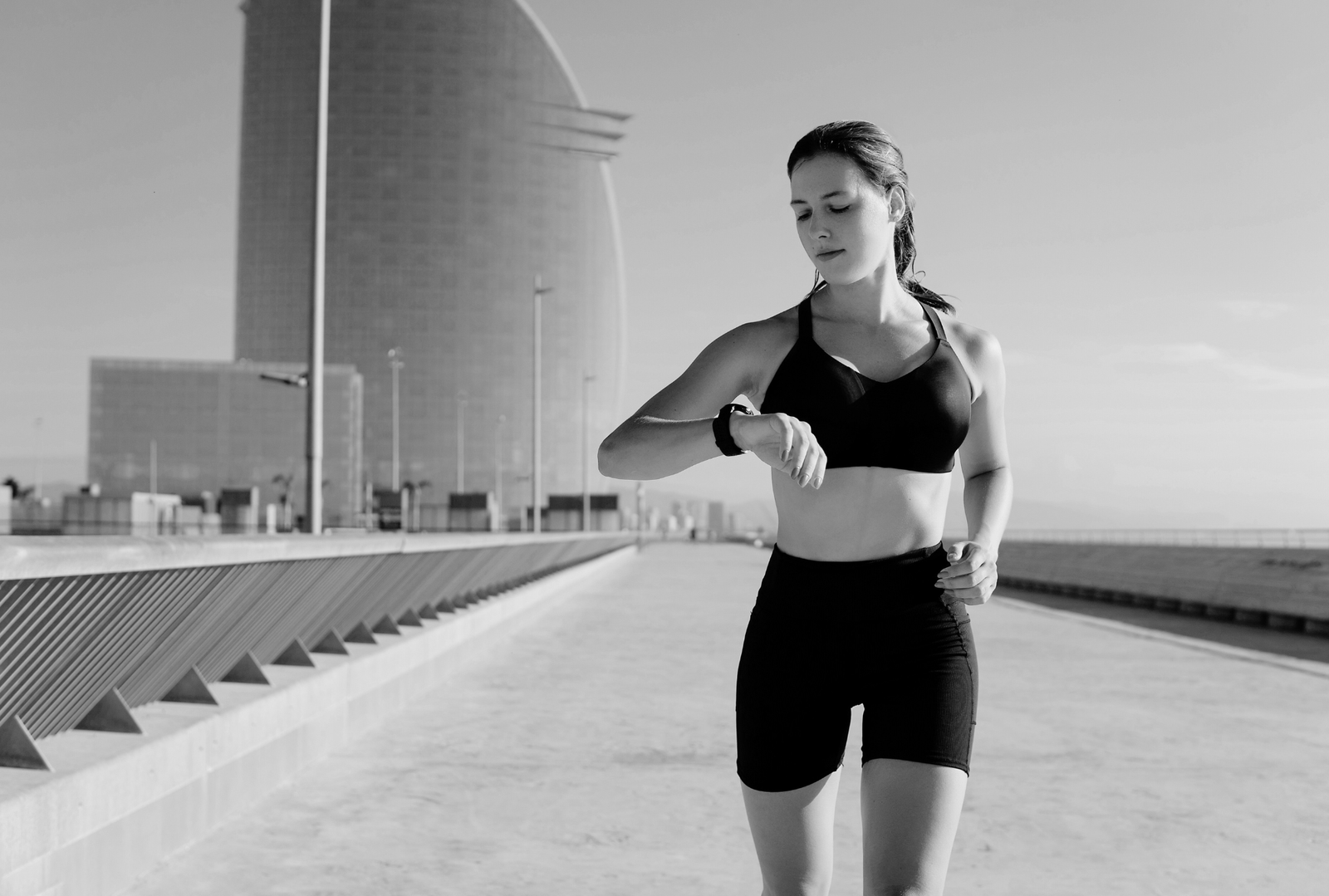Whether we know it or not, an iron is one of the most underrated appliances that we can have in our homes. From keeping our work/going out clothes looking good, to helping us get through that giant pile of clothes on the chair, it has been a staple in the Irish household for many years. Buying an iron, however, can be a difficult task, because there are so many varieties available and at such a range of prices, it can be difficult to choose the best one to suit your budget. In this article, we look to help make that decision easier by answering frequently asked questions, the differences between specific irons and steam irons, and some top features you should be looking for before buying any iron.
Comparing Iron Types
On the surface, it might seem like each of these irons are similar, but it is important to note that each iron listed below is different in its own way and has specific features that make it unique.
Steam Irons
A normal steam iron will use a combination of steam and heat. Its objective is to smooth out any creases in your clothing. It is a very common type of iron and will typically set you back anywhere between €40-€120. It is ideal for smaller loads of laundry and might be best for those living on their own or with 1-2 others. They are heavier than steam generators and will produce less steam than the other two, so you will have to iron a little harder to get rid of some stubborn creases, but they are inexpensive, easy to store, and typically very quiet.
Steam Generator Irons
As the name suggests, steam generator irons are designed to produce a lot of steam. As a result, they can get through large piles of clothes quickly. They can hold a lot more water than other irons because they have a large water tank. Don't be alarmed, though, because this tank is separate from the iron itself, which is very light. You won't need to refill the iron as often, it can get through large loads fast because of the amount of steam that it generates, and it is super light. However, these irons can be expensive, and they are a little noisy, so no midnight ironing. Perfect for those with a busy household that goes through a lot of laundry.
Cordless Steam Irons
The idea of a cordless iron seemed ridiculous around 12-15 years ago, but this new phenomenon is designed to make light work of large loads without any pesky wires getting in your way. You will have to plug the iron into a baseplate, which acts as a charging port of sorts, and one of the main cons is that they use a non-replaceable lithium-ion battery, so once your iron starts to go on the blink, you will have to get a new one. In saying that, with a cordless iron, you have much more freedom of movement around the ironing board, there are no wires to disrupt your cleaning, and cordless irons are known to be lighter than other irons too, so are easier on you arms.
3 Key Things to Look For when Buying an Iron
-
Price – We think that the most important part of any purchase is the price range that you have set for yourself. A good iron will not be cheap but setting aside €100- €150 will get you something with great extra features that can last years if maintained. However, in saying that, if all you have is €40-50, then there are irons in our collection that will cater to you as well. - Anti-Limescale – In the same way that our interiors need to be kept healthy, the insides of our appliances should be kept healthy too. Limescale build-up is one of the key reasons why irons stop working, so having an iron with some form of anti-limescale system/coating will really help improve the lifespan of your iron.
- Safety Shut-Off Capability – This is particularly important if you have younger hands around and about the home. Irons can get pretty hot, so it is important that when we use them, we have complete peace of mind. A safety shut-off feature will cool the iron down quickly if it has not been used in 2-3 minutes. Don't worry about the iron taking a while to heat up again; most irons will heat up quickly anyway, so you won't lose any time.
Iron and Steam Iron FAQs
Does a dry iron need a water tank?
Seeing as a dry iron does not produce any steam, it does not need a water tank. An iron would need a water tank when it is looking to produce steam. With a dry iron, the flat steel plate of the iron heats up, but there is no steam or water-based function.
How long does a steam iron last for?
Typically a steam iron will offer a warranty of sorts. This warranty tends to last between 1-3 years, but many people will see their steam iron last them a lot longer. Honestly, it all depends on how much it is used and how well it is looked after.
Can I use a steam iron without water?
Yes, you can use steam iron without water. Simply empty the iron's water tank when it cools down, then switch the steam setting to 'dry', and like that, your steam iron has turned into a dry iron. This is one of the main benefits that a steam iron offers, its duality. It is also why steam irons tend to be more expensive than dry irons.













